The Karnak Cachette (KC) was an archaeological site located at the Temple of Ptat where 18 thousand intentionally buried objects were found. The vast majority of items found were bronze statues that have since disappeared. What remained were stone objects in various states of disrepair. Researchers state documentation was not possible because much of the excavation was below the water table. Dates researches assigned to the artifacts fall within the historic-time-frame (HTF). This article will review a sampling of images from the site. They will show the Cachette was created after the first destructive appearance of Z-Pinch Aurora (ZPA) over Egypt 10-12,000 years ago. Plasma and vandalism damage is very obvious in these images.
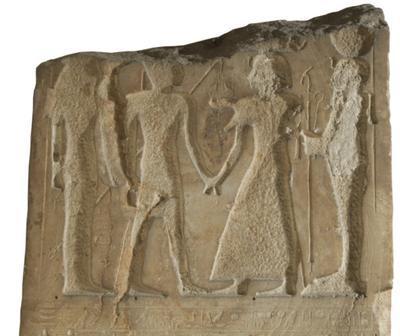
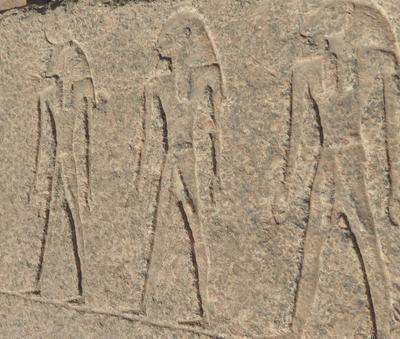
The limestone stele, fig.1, is said to be Seti I. It may well be related to a Seti, but not any historic Seti. The stele's top was removed by plasma. The edge does not have the sharply defined fracture due to some type of trauma. While the limestone's surface was not effected by the plasma, the figures were severely eroded giving them a stick-like appearance. Same type of damage can be seen on a granite relief from Bubastis, fig.2. The entire granite surface and relief edges were eroded by the plasma leaving stick-like figures. The same plasma erosion occurred to figures in fig1.
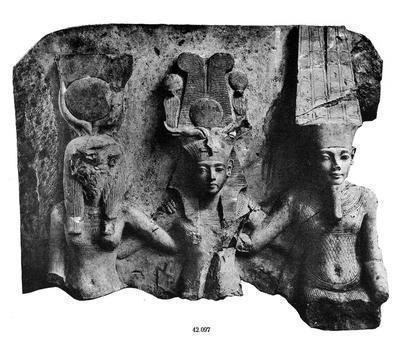
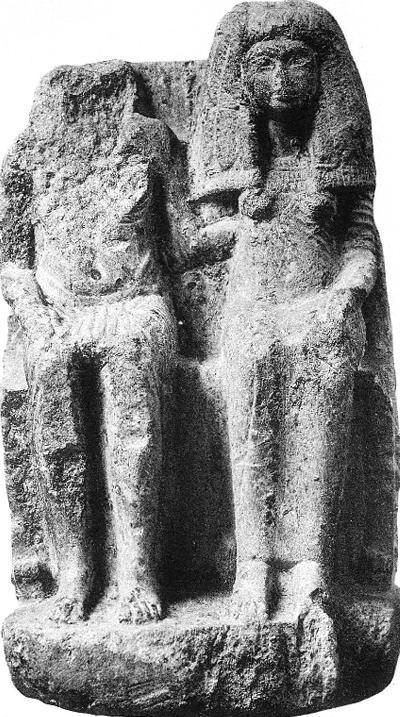
Figure 3: IFAO: Both images are from the KC. A vandal removed the female's face with a hammer. Dyad was severely eroded by plasma.
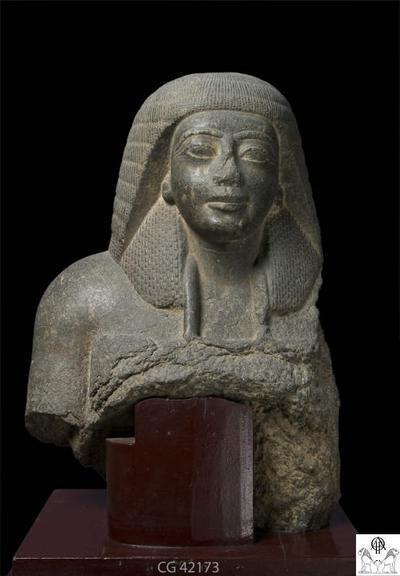
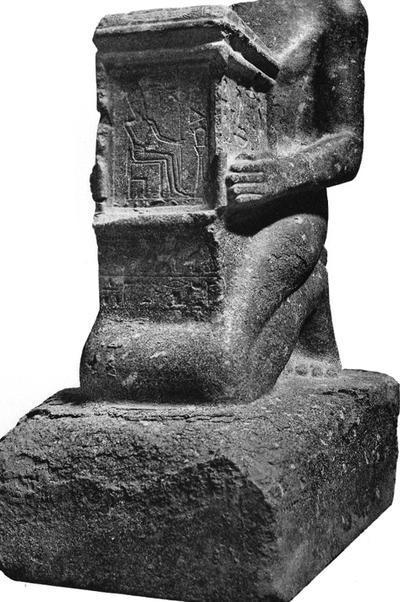
Figure 4: IFAO: Plasma destroyed the lower portion of 4L leaving the top section undamaged. Plasma erosion removed the polish on the base of 4R. Evidence from Palmyra shows plasma could be very destructive on the lower section of a stone object.

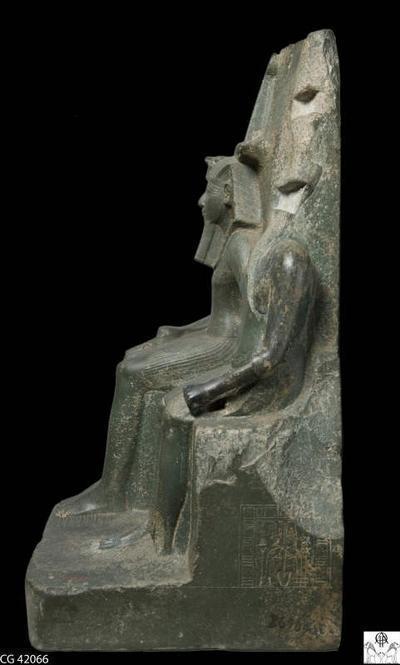
Figure 5: IFAO: Restoration was started on the female's head by removing damaged stone and cutting slots for installation of a new head. Salvaging the statue demonstrated sculpting was an expensive process worth saving.
Fig.5 presents a number of indications. KC was composed mostly of damaged or broken pieces. Fragments could be used to make other statues whole. A repair was partially complete on the female's arm above. Apparently an arm from another statue replaced the damaged section since stones did not match. Quarrying operations may have stopped so parts were cannibalized from other statues.
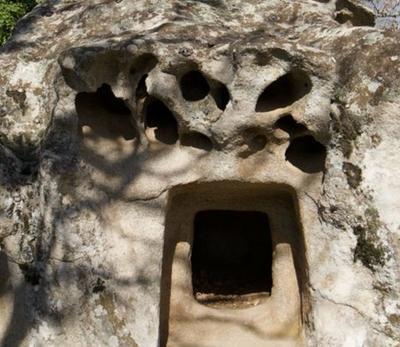
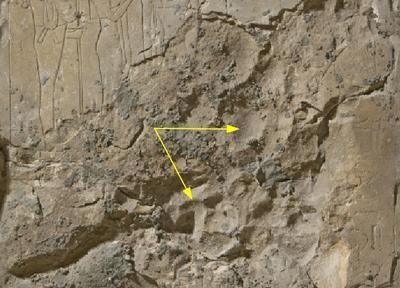
Figure 6: donnanuragica; IFAO: Plasma pits above the entrance to a shelter on Sardinia. Same pitting (arrows) is found on an object from the KC. Plasma like electricity is scalable; what happens in macro happens in micro.
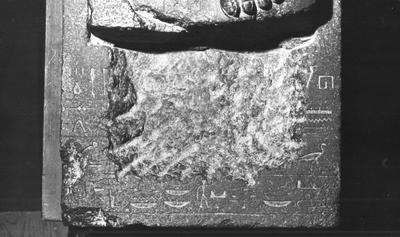
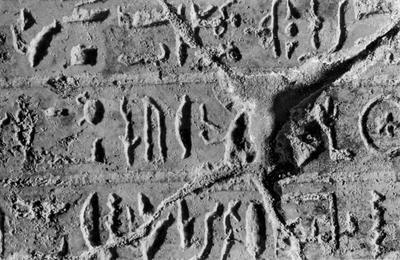
Figure 7: IFAO: Both images are from KC. Vandalism evident in fig.7L was with a vengeance. Perpetrator chiseled deep into the stone rather than removing the surface writing. His purpose was to make repair difficult by preventing simple resurfacing. This implied the vandal knew how statues were crafted. Angle of and spacing between chisel marks were fairly consistent so he knew how to use hammer and chisel. It is not clear if damage to fig.7R was electrical or vandalism from a hammer.
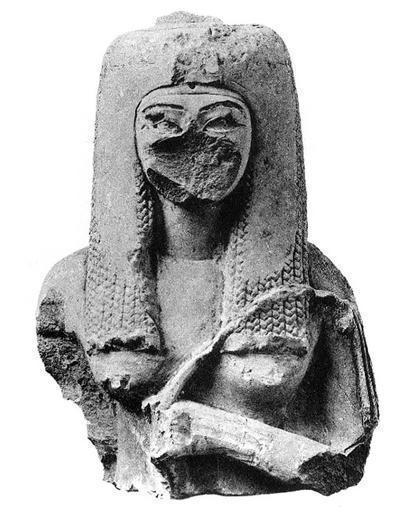
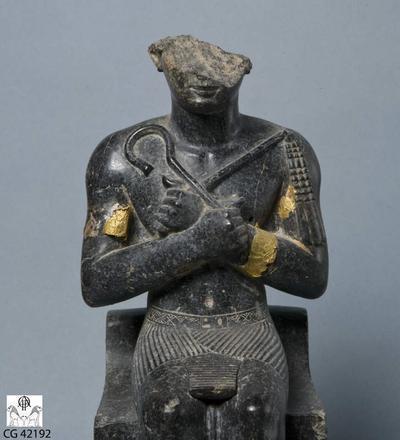
Figure 8: IFAO: Both statues were from the KC. Statue 8L was vandalized with a hammer that knocked half of her face off. What happened to 8R head is not clear, but remaining gold indicated order was quickly restored.
A previous article stated the early appearance of ZPA caused a breakdown of political order. This was evident when unskilled operators used plasma projectors to vandalize. Vandalism is evident at KC. A chisel was used to remove something from the wrist of fig.8L probably like the gold bands on fig.8R. It was used on the flail, eyes, eyebrows and uraeus. Perpetrator seemed to know how to use them. Burial of so many broken and vandalized sculptures at Karnak implied order was restored. Those behind the destruction would not have bothered to bury these items, so supporters of the old regime must have reasserted political control.
The KC was created prior to the final destruction of Antecedent Egypt during Pleistocene Catastrophe (PC). This period can be called the Great Technology Reset when man's technical knowledge returned to Stone Age level. The Cachette was an unintentional time capsule buried over 15 meters containing stone, metal and wooden objects. Burial of wooden items implied the threat was perceived as temporary and would pass quickly. Plasma damage was pervasive. It is the consequence of the first destructive appearance ZPA over Egypt. These images sustain the assertion made in earlier articles that Egyptian hieroglyphic (and hieratic) scripts extends far beyond the PC. People who created the KC still considered damaged statues represented objects of value and a retrievable investment. They must have thought normality would return after plasma storms passed. A day will come when tomorrow will be catastrophically different from yesterday. The z-pinches are coming back.

